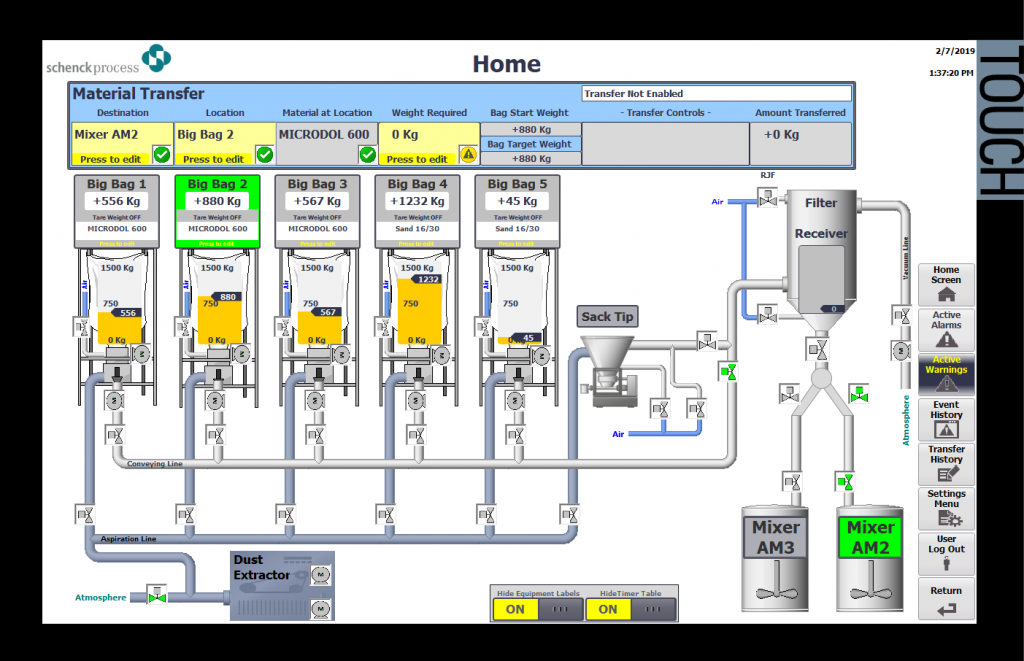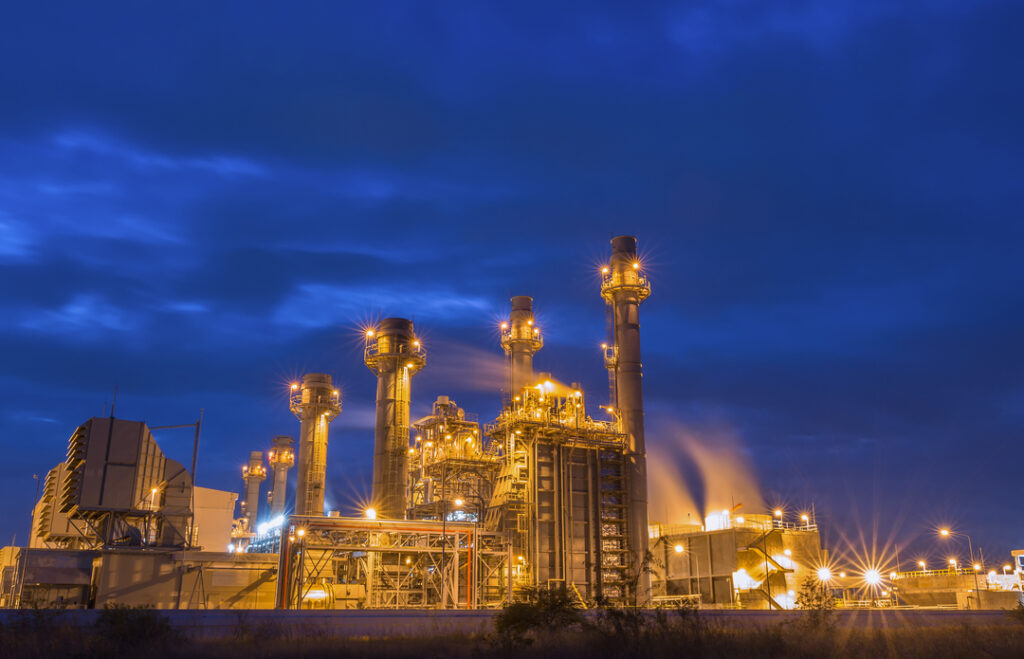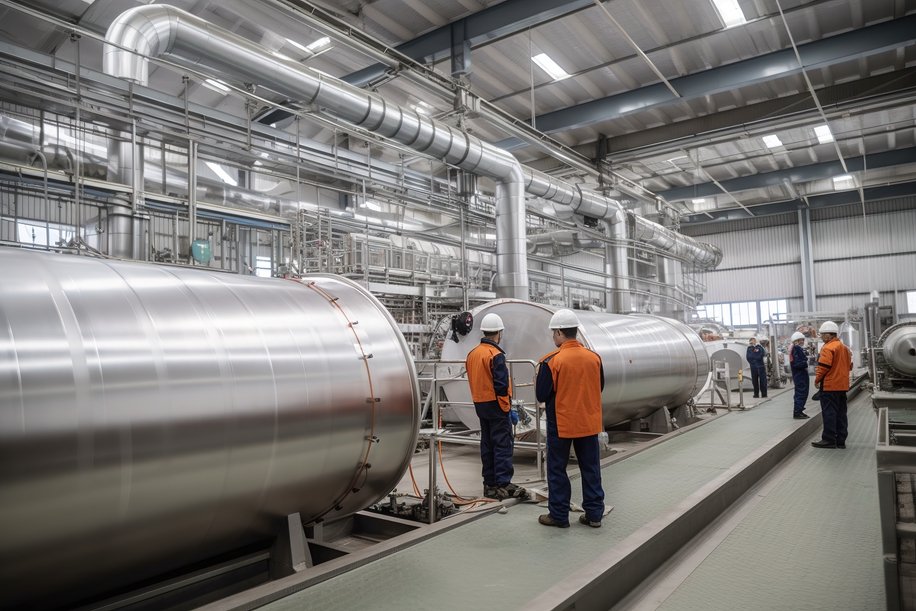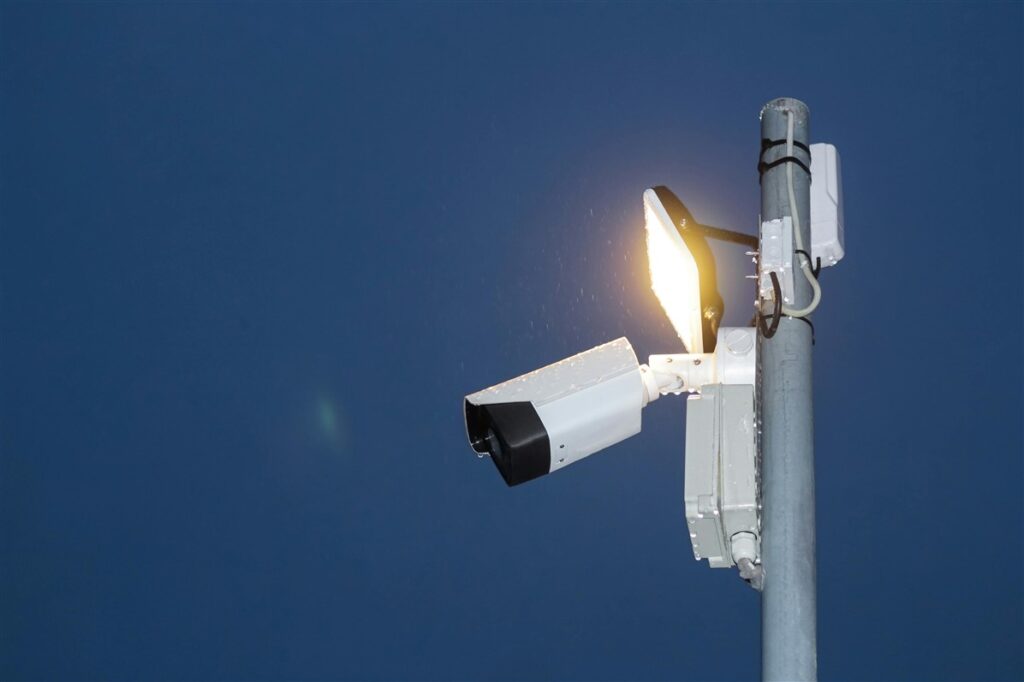How control & automation can protect your staff and put you in control
While many modern machines are created with automation in mind, countless factories still run on old, inefficient technology. But without efficient equipment, systems and processes, your costs become unpredictable.
If you’re still using outdated technology in your manufacturing plant, you’re likely paying over the odds for staffing, machinery and utilities. And old equipment isn’t just a drain on resources; it can also pose a safety risk to your employees.
In this article, we’re looking at how control and automation can help you modernise your factory, increase efficiency and improve your bottom line.
What is ‘Control and Automation’ in manufacturing?
Technology has been used in manufacturing for many years, but traditionally, the systems and processes were typically managed by humans.
These days, technology has advanced to a stage where equipment can be programmed to perform automatically, with robots and computers removing the need for humans to run machinery.
Control refers to the process of staying in command. In manufacturing terms, it relates to how we minimise risk and is critical to keeping people safe. Each system or process used in manufacturing requires control to ensure a safe, reliable workplace.
Automation refers to any automated process layers – that is, using technology in place of humans to complete the operation.

The benefits of control and automation
Control and automation systems provide many benefits – all of which ultimately lead to greater profitability. Some of the key reasons to consider automating your production lines include:
Continuous production
When you automate systems, your factory can run around the clock. You no longer require large workforces to man production lines, and you remove the need to pause operations for breaks and shift changes. When there are peaks in demand, you don’t have to worry about hiring temporary workers or paying overtime – your plant can operate twenty-four seven with very little human input.
Increased safety
Accidents at work are almost unavoidable, but you can reduce the likelihood of them occurring. Automation removes the need for humans to operate machinery at critical points, which means less chance of accident or injury.
Improved quality
Human error has been rife in manufacturing since the industrial revolution – it’s practically unavoidable. But errors and mistakes can cause unnecessary downtime or industrial accidents, and it makes sense to do anything you can to prevent them. Automating your production line reduces the risk of human error, leading to greater quality outcomes.
Optimum flexibility
Most factories require regular changes to their production line, either to improve a process or to run off a different product. This often means halting operations while changes are made and upskilling workers to manage the change. In contrast, automated technology can be reprogrammed quickly – often without any production downtime – providing a more flexible and agile approach.
Reduce cost and downtime
Automation allows you to operate with a smaller workforce, reducing wage bills, recruitment costs and overtime payments. However, this isn’t the only cost-benefit. You reduce the risk of accidents and human error and speed up changes to production lines, which reduces downtime.
Greater insights
A significant by-product of technology is the incredible data it creates. You’ll have real-time access to information about how your systems are running, where faults or bottlenecks are occurring, and where waste can be eliminated. These insights are hugely beneficial when it comes to continuous improvement strategies.
Controlling your factory and systems does much more than make things efficient; it gives you a clear perspective on your plant, allowing you to make ongoing decisions to improve your operations, keep costs low and stay safe.

Getting started with control and automation
When you weigh up the many benefits of implementing control and automation systems – both financial and non-financial – it’s certainly something worth considering.
AES specialises in increasing efficiency for single and multi-site manufacturing facilities across the UK. Our solutions put our customers in complete control, achieving cost savings and a reduced carbon footprint.
Our control and automation service begins with a free site survey to assess all aspects of your manufacturing plant. This includes all equipment, systems and processes, focusing particularly on any machinery that is prone to breaking down.
Based on our findings, we’ll put together a quotation for implementing improvements across the plant to enhance or fix equipment and automate processes to make them efficient.
Next comes the detailed design and programming phase, where our expert team map out the automated systems. We use the latest computer design software to ensure designs comply with the relevant British and European standards.
Finally, the build, installation and testing phase ensures your systems are working as intended to save production time and cost.
If you’d like to explore control and automation solutions for your manufacturing facility, contact our team today to book your free site survey.

Our guide to building energy management systems
Building energy management systems (BEMS) are systems that allow you to monitor, control, and optimise the energy used within your building. The phrase building energy management system (BEMS) is often used interchangeably with the phrase building management system (BMS), but there are some differences. A BEMS is focused on energy-related systems such as lighting, heating, […]
Read more
How far does power travel and what impact does distance have on performance
It’s easy to take our electricity supply for granted. We flick a switch and instantly have light or power. We don’t even think about it unless there’s an issue or an outage. But when there is an issue or outage, the impact can be significant. For manufacturers, even the smallest change in power can make […]
Read more
Why visibility of the production process is so important
Operational excellence, efficiency and quality are top priorities for almost every manufacturer worldwide. These things lead to improved productivity, happier customers and reduced waste – all of which result in increased profits. Visibility of the production process is the key to achieving these things. And manufacturers now have access to technology that can provide real-time […]
Read more
Will security lighting help to protect my staff?
Looking after the safety and well-being of employees should be a priority for any business. And while it’s not possible to mitigate every risk, there are measures you can take to improve their safety and security. One measure that is often overlooked is the installation of security lighting. When daylight disappears, visibility is reduced, increasing […]
Read more
Top 5 considerations when comparing electrical quotes
Budget is always a factor when you’re considering any type of upgrade, revamp, or maintenance work within your factory. But when it comes to electrical work, you have to consider more than just money. Don’t rush into accepting the cheapest electrical quotes without knowing exactly what you’re getting. Electrical work is not an area where […]
Read more
What is the role of companies in reducing our carbon footprint?
We should all be taking responsibility for protecting our planet and a big part of that is reducing our carbon footprint. But while it falls to all of us to do our bit, there is additional pressure on manufacturers, especially those with high carbon emissions. As an absolute minimum, these companies should ensure compliance with […]
Read more

